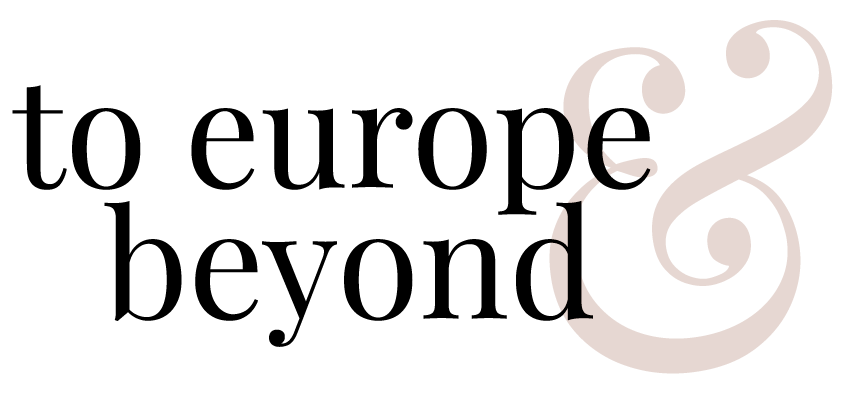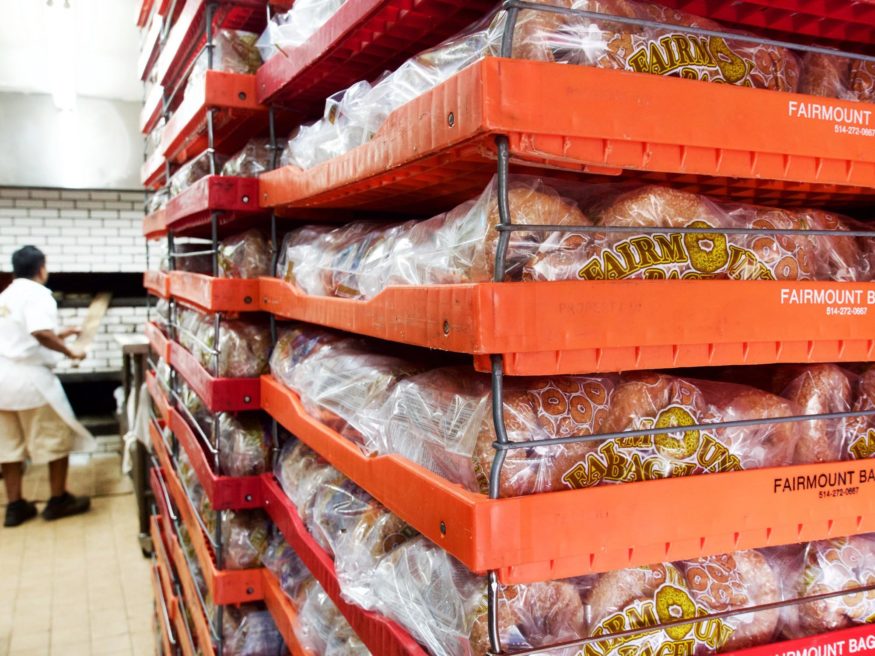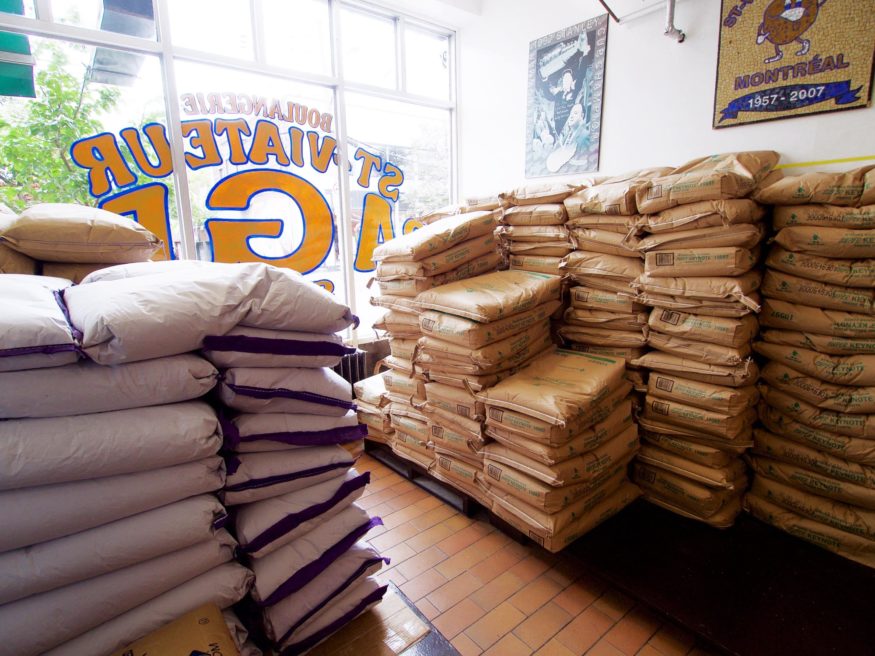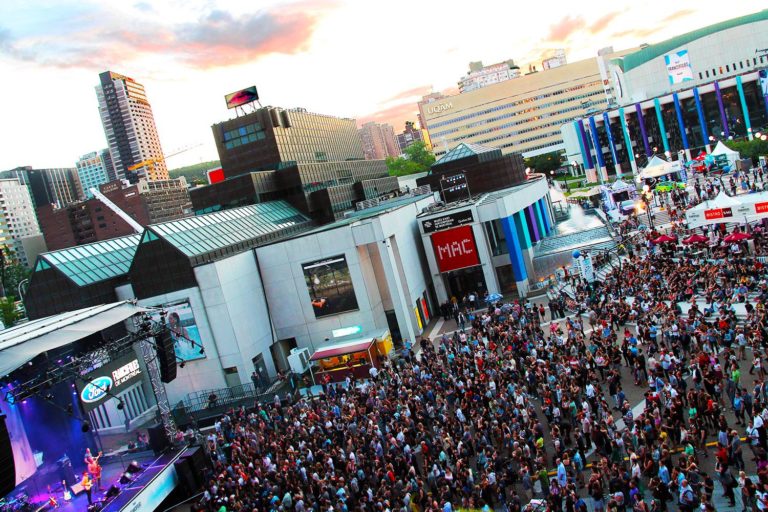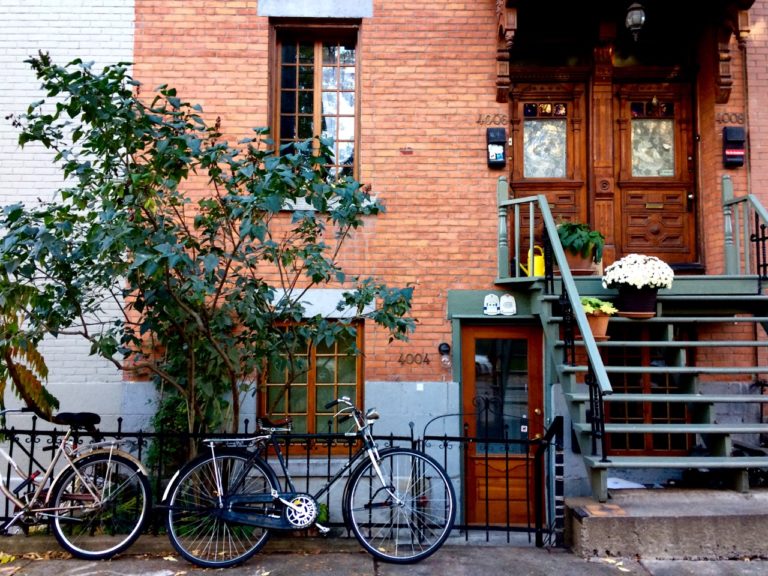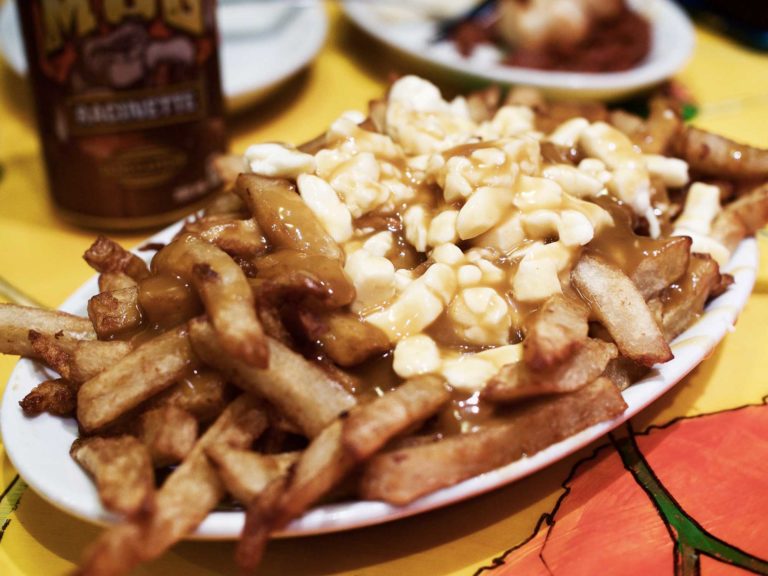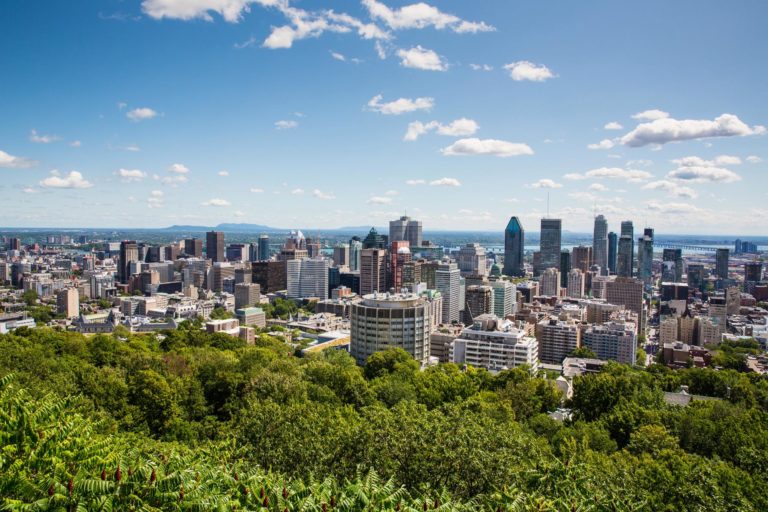Everything you’ve ever wanted to know about Montreal bagels
The only thing you need to know about Montreal bagels is that they are the best.
Move over New York City. We’ve got this.
But if you really want to be *the* Montreal bagel expert taster and fact-checker, read on. I went on a fun little tour named Beyond The Bagel: Montreal Jewish Food where I learned everything about the history and origins of this iconic dish, as well as that of other staples of Jewish cuisine.
I already knew the Mile-End, Plateau Mont-Royal, and Outremont areas quite well, since I live just 10 minutes away and some of my favourite restaurants and shops are located nearby. But a few minutes into this tour, I found out that what I thought I knew about the Jewish heritage in Montreal was, well, insignificant. I was excited to learn how the tight-knit Montreal Jewish community shaped the city as I know it today.
What’s the deal with Montreal bagels?
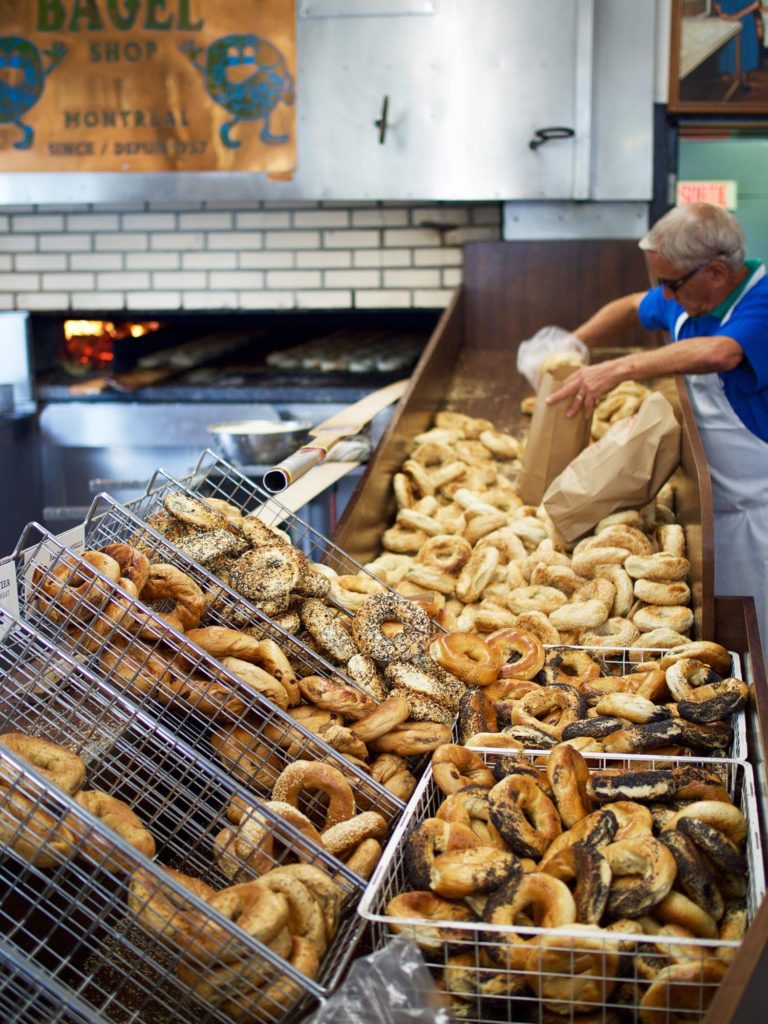
Anyone who’s ever known a Montrealer or stayed in Montreal for more than just a few days is familiar with the city’s longest-lasting battle: which is better, Fairmount or St-Viateur? These two bagel places are located just a few blocks away from each other, and they’ve been the subject of many debates, disagreements, break-ups, outrages, and family wars.
I’m barely exaggerating.
+
montreal travel tips
During the tour, I learned that part of what makes the Montreal bagel’s history so intricate is that no one, not even expert bagel-eaters (that’s a thing) can agree whether it was Fairmount or St-Viateur who brought the first bagels to the city. Records say that the first bagel bakery, aptly named “The Montreal Bagel Bakery”, set up shop in 1919 by Isadore Schlafman in an alley behind St-Laurent Boulevard. Meanwhile, Chaim Seligman was gallivanting all over the city with his horse-drawn carriage full of bagels, sold by the dozen. All was well in the Montreal bagelverse, until Seligman and Schlafman’s son, Jack, did business together but quickly quarreled and parted ways – anyone could’ve seen that coming! It wasn’t until 1949 that Schlafman bought a cottage in the Mile End, more specifically on Fairmount Street, and was blunt enough to go and name it “The Original Fairmount Bagel Bakery”. Soon after, in 1957, Seligman ditched the carriages and opened St-Viateur Bagel Shop with Holocaust survivor and Krakow-born Myer Lewkowicz.
And the rest is history! Montrealers have since been divided on the topic of bagels, and I don’t see how that this issue will be resolved in the near future. But secretly, I think it’s just an excuse to eat more bagels. Om nom nom.
And, as far as the bagels are concerned, the reason why they are better than New York’s (I am not letting this one go) is because they are poached in honey-infused boiling water, and then baked in a wood-fired oven. The result is a much sweeter, thinner (but not thinning!), and less dense bagel.
Smoked meat, bialys, kokosh and more yummies





Wilensky’s 
No offense to the doughy goodness that are bagels, but this tour is called Beyond The Bagel, and so we went on to eat some other things.
Starting at Cheskie’s, a blink-and-you’ll-miss-it kosher bakery that describes itself as “a bakery for everyone”, seeing as it employs Venezuelans and Canadians of various religious confessions, not only Jews. The cheese crowns I tested consisted of a puff pastry filled with sweet cheese, which wasn’t something I was familiar with. Yummy!
Onwards to the iconic Wilensky’s Light Lunch, which has remained virtually unchanged since it opened its doors in 1932. It kind of feels like going back in time, a time where bologna sandwich and homemade egg sodas were all the rage. It’s one of the most iconic places in the Mile End, and yet, for some reason, I’d never gone inside until then.
+
montreal travel tips
And then, our guide took me to a place I would’ve never suspected would be on a Jewish food tour program, Hof Kelsten. The bakery is one of the trendiest in the city, not just in terms of popularity but also of design, and hipsters abound. It turns out that Jeffrey Finkelstein’s Jewish heritage inspired him to cook his mom’s brisket for a living and sell city’s only bialys, which medium-sized rolls filled with onions, either caramelized or raw, originating from Białystok in Poland.
Soon enough, it was time to say goodbye, but not before a mandatory stop at the bastion of Montreal’s Jewish cuisine, Schwartz’s. I’d never actually eaten there before because frankly, the super long queues filled with tourists always sort of discouraged me from going in. But when you are on a Jewish food tour, you don’t have to wait and you get to bypass everyone in line. YAAAAS. And then I understood why people queue. My smoked meat sandwich and pickle were both amazing!

Beyond The Bagel food tour – good to know
- The tour lasts three hours and features quite a bit of walking, so wear comfortable shoes and bring an umbrella.
- The tour visits non-kosher establishments and does not include gluten-free or vegan options.
- You will be eating A LOT, so don’t overdue lunch or breakfast.
- You will be given a bag at the beginning of the tour, which contains a bottle of water and extra paper bags if you want to get extra food from the tastings.
Beyond The Bagel food tour – places visited
- Cheskie Bakery / 359 Rue Bernard Ouest
- St-Viateur Bagel Shop / 263 Rue Saint Viateur Ouest
- Fairmount Bagel / 74 Avenue Fairmount Ouest
- Wilensky’s Light Lunch / 34 Avenue Fairmount Ouest
- Hof Kelsten / 4524 Boulevard Saint-Laurent
- Schwartz’s Deli / 3895 Boulevard Saint-Laurent
Get the book!
Find out where I go in Montreal for a romantic date, for little-known artsy museums, for designer splurges, and for Instagram-friendly cafés. Inside this eBook you will find 40+ pages full of preciously handpicked, highly curated Montreal travel tips with underrated attractions, off-the-beaten path itinerary ideas, and neighbourhood highlights that locals love!
